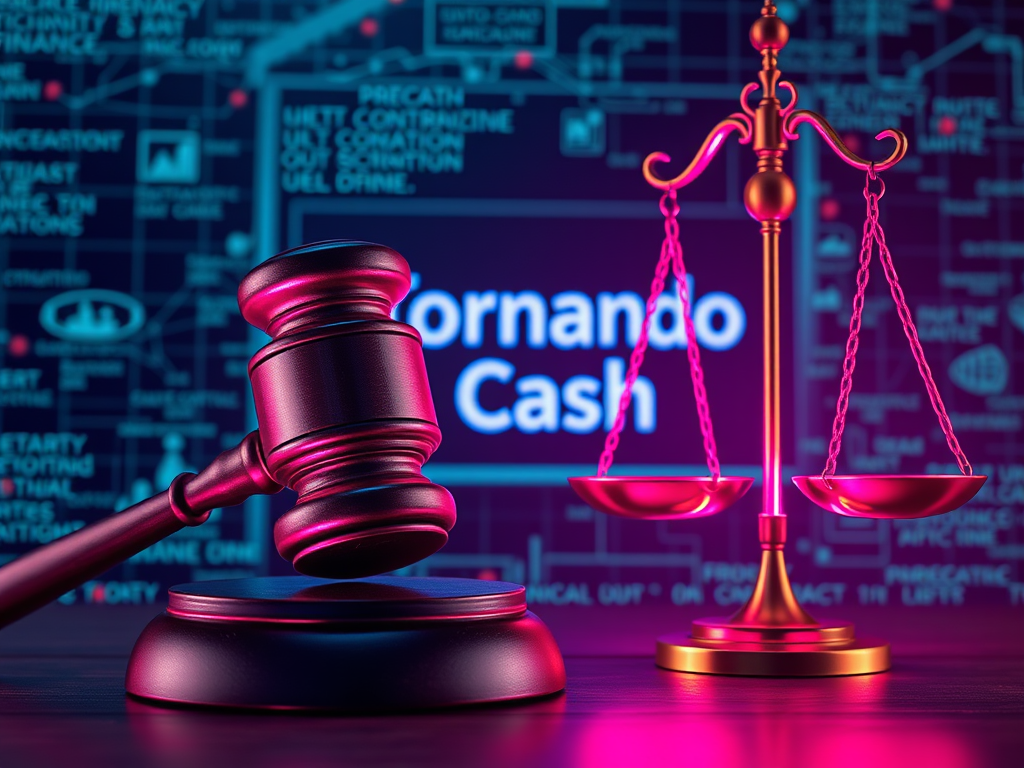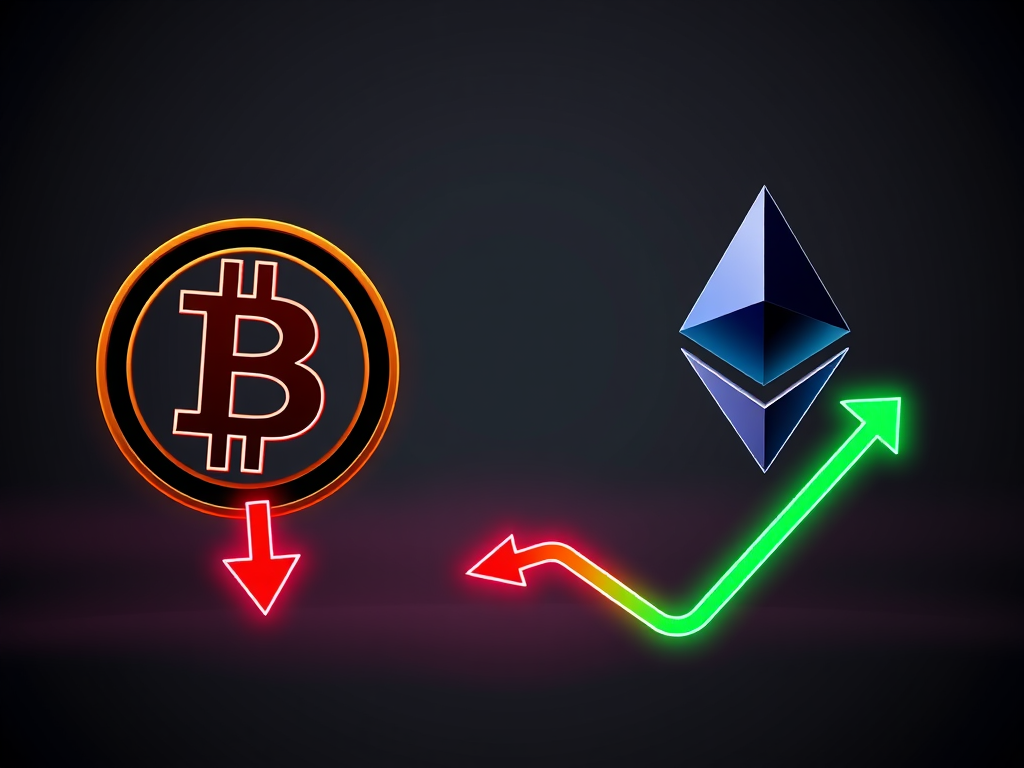Decentralized finance (DeFi) has revolutionized the financial landscape, introducing innovative instruments that challenge traditional market structures. Among these groundbreaking tools, derivatives have emerged as a powerful and sophisticated financial instrument. Synthetic assets are at the forefront of this innovation, which has unlocked new possibilities for traders and investors in the crypto space. This article delves into DeFi derivatives, focusing on synthetic assets and exploring their nature, mechanisms, and the platforms that enable their trading.
The Rise of DeFi Derivatives
Derivatives have long been a cornerstone of traditional finance, allowing traders to speculate on asset prices without owning the underlying assets. With the advent of DeFi, these financial instruments have found a new home on the blockchain, bringing with them increased accessibility, transparency, and efficiency.
DeFi derivatives, much like their traditional counterparts, derive their value from an underlying asset or benchmark. However, the decentralized nature of these instruments introduces novel features and challenges that set them apart from conventional derivatives markets.
Understanding Synthetic Assets
At the heart of many DeFi derivative products are synthetic assets. These digital tokens are designed to track the value of another asset, whether it’s a cryptocurrency, a stock, a commodity, or even a custom index. The beauty of synthetic assets lies in their ability to provide exposure to a wide range of markets without the need for direct ownership or custody of the underlying assets.
How Synthetic Assets Work
Synthetic assets in DeFi are created through a collateralization process that varies between platforms. For example, Synthetix uses a pooled collateral model where the native SNX token backs all synthetic assets (Synths). Users lock their SNX as collateral in a staking contract to mint Synths. The collateralization ratio is typically high, around 600%, to ensure stability and mitigate risks associated with price volatility.
Other platforms, like UMA, allow for customizable synthetic assets using different types of collateral and economic incentives to maintain accurate pricing without constant price feeds. This flexibility enables the creation of a wide range of synthetic assets, catering to diverse market needs.
The Benefits of Synthetic Assets
Synthetic assets offer several advantages over traditional financial products:
- Global Accessibility: They provide access to markets that might otherwise be restricted due to geographical or regulatory limitations.
- 24/7 Trading: Unlike conventional markets, DeFi platforms operate around the clock, allowing for continuous trading of synthetic assets.
- Fractional Ownership: Users can gain exposure to high-value assets with relatively small amounts of capital.
- Increased Liquidity: Synthetic assets can increase the liquidity of markets by allowing easier trading of traditionally illiquid assets.
- Programmability: Being blockchain-based, synthetic assets can be easily integrated into other DeFi protocols, opening up new possibilities for complex financial products and strategies.
Popular Platforms for Trading Synthetic Assets
The DeFi ecosystem has given rise to several platforms specializing in creating and trading synthetic assets. Let’s explore some of the most prominent ones:
Synthetix: The Pioneer of DeFi Synthetics
Synthetix is one of the earliest and most well-known platforms for synthetic assets in the DeFi space. It allows users to create and trade a wide range of synthetic assets, called “Synths,” representing cryptocurrencies, fiat currencies, commodities, and stocks.
The platform uses a unique pooled collateral model, where the native SNX token backs all Synths. This model allows for the creation of inverse Synths and highly liquid trading pairs, making Synthetix a powerful tool for traders looking to take complex positions in the market.
Mirror Protocol: Bringing Stocks to DeFi
Mirror Protocol has made waves by enabling the creation of synthetic assets that mirror the price of real-world stocks and ETFs. These “mAssets” allow users to gain exposure to traditional financial markets without leaving the DeFi ecosystem.
Its focus on replicating traditional financial assets sets Mirror apart, making it a bridge between DeFi and traditional finance. The platform also incorporates governance mechanisms that allow token holders to participate in the protocol’s development and decision-making processes.
GMX and dYdX: Perpetual Futures Trading
GMX and dYdX have gained prominence in the DeFi derivatives, particularly for their perpetual futures trading offerings. These platforms allow users to take leveraged positions, offering exposure of up to 100x on certain trading pairs. This high leverage potential has attracted significant trading volumes, making them key players in the DeFi derivatives ecosystem.
UMA Protocol: Customizable Synthetic Assets
UMA (Universal Market Access) Protocol takes a different approach by providing a framework for creating custom synthetic assets and financial contracts. It allows developers to design and implement their derivative products, opening up possibilities for highly specialized and exotic financial instruments.
UMA’s “priceless” synthetic tokens are particularly innovative. They use economic incentives and a dispute resolution system to maintain accurate pricing without the need for a constant price feed.
Trading Strategies with Synthetic Assets
The flexibility and diversity of synthetic assets in DeFi open up a wide range of trading strategies for novice and experienced traders. Here are a few popular approaches:
Arbitrage Opportunities
The decentralized nature of DeFi often leads to price discrepancies between different platforms or synthetic assets and their real-world counterparts. Savvy traders can take advantage of these differences through arbitrage, buying low on one platform and selling high on another.
Hedging and Risk Management
Synthetic assets provide powerful tools for hedging against market volatility. For example, a trader holding a large amount of Bitcoin might create a short position on a synthetic Bitcoin asset to protect against potential price drops.
Yield Farming with Synthetic Assets
Many DeFi platforms offer incentives to provide liquidity to synthetic asset pools. Traders can earn additional returns by participating in these yield farming opportunities, often receiving platform tokens as rewards.
Leveraged Trading
Platforms like GMX and dYdX offer leveraged trading options, allowing users to amplify potential gains and losses. These platforms enable traders to take positions with leverage up to 100x, providing significant exposure to market movements with relatively small initial capital. While this can be attractive for maximizing exposure, it also comes with increased risk. Effective risk management strategies, such as setting stop-loss orders and monitoring collateralization ratios, are crucial when engaging in leveraged trading.
Challenges and Risks
While synthetic assets offer exciting possibilities, they also come with their own set of challenges and risks:
Smart Contract Risk
As with all DeFi protocols, synthetic asset platforms are only as secure as their underlying smart contracts. Bugs or vulnerabilities in the code could potentially lead to fund loss.
Oracle Dependence and Manipulation
Many synthetic assets rely on oracles to provide price feeds for the underlying assets. Inaccuracies or manipulations in these price feeds could significantly impact the synthetic asset markets. For example, a faulty oracle could lead to incorrect pricing of synthetic assets, resulting in substantial financial losses for traders. Ensuring the reliability and security of these oracles is crucial for the stability of synthetic asset platforms. Platforms like Chainlink have provided secure and reliable oracle services to mitigate these risks.
Regulatory Uncertainty
The regulatory landscape for DeFi and synthetic assets remains to be seen in many jurisdictions. The U.S. Securities and Exchange Commission (SEC) has been particularly active, issuing subpoenas and engaging in lawsuits that could shape the future of DeFi derivatives. For instance, the SEC’s actions against certain DeFi projects have highlighted the need to comply with securities laws, which could impact how users access synthetic asset platforms. Additionally, regulatory developments in other jurisdictions, such as the European Union’s Markets in Crypto-Assets (MiCA) regulation, are expected to influence the global DeFi landscape.
Collateral Risk
Rapid price movements during high market volatility could lead to the liquidation of collateral positions, potentially causing cascading effects throughout the DeFi ecosystem.
The Future of DeFi Derivatives
As the DeFi space matures, we expect further innovations in synthetic assets and derivatives. Improved cross-chain functionality, more sophisticated oracle systems, and enhanced risk management tools will likely drive the next wave of development in this exciting field.
Integrating real-world assets into DeFi through synthetic tokens also holds immense potential. As traditional finance and DeFi continue to converge, synthetic assets could be crucial in bridging these two worlds, potentially revolutionizing how we think about and interact with financial markets.
In conclusion, DeFi derivatives and synthetic assets represent a fascinating frontier in decentralized finance. They offer unprecedented access to various markets and innovative financial products. However, as with any cutting-edge financial technology, users must approach these tools with a thorough understanding of their potential and risks. As the DeFi ecosystem continues to evolve, synthetic assets are likely to play an increasingly important role in shaping the future of finance.














